Your cart is currently empty!
Polish Scientists Find Cell Tower Radiation Harms Honey Bees After Just 1 Hour.
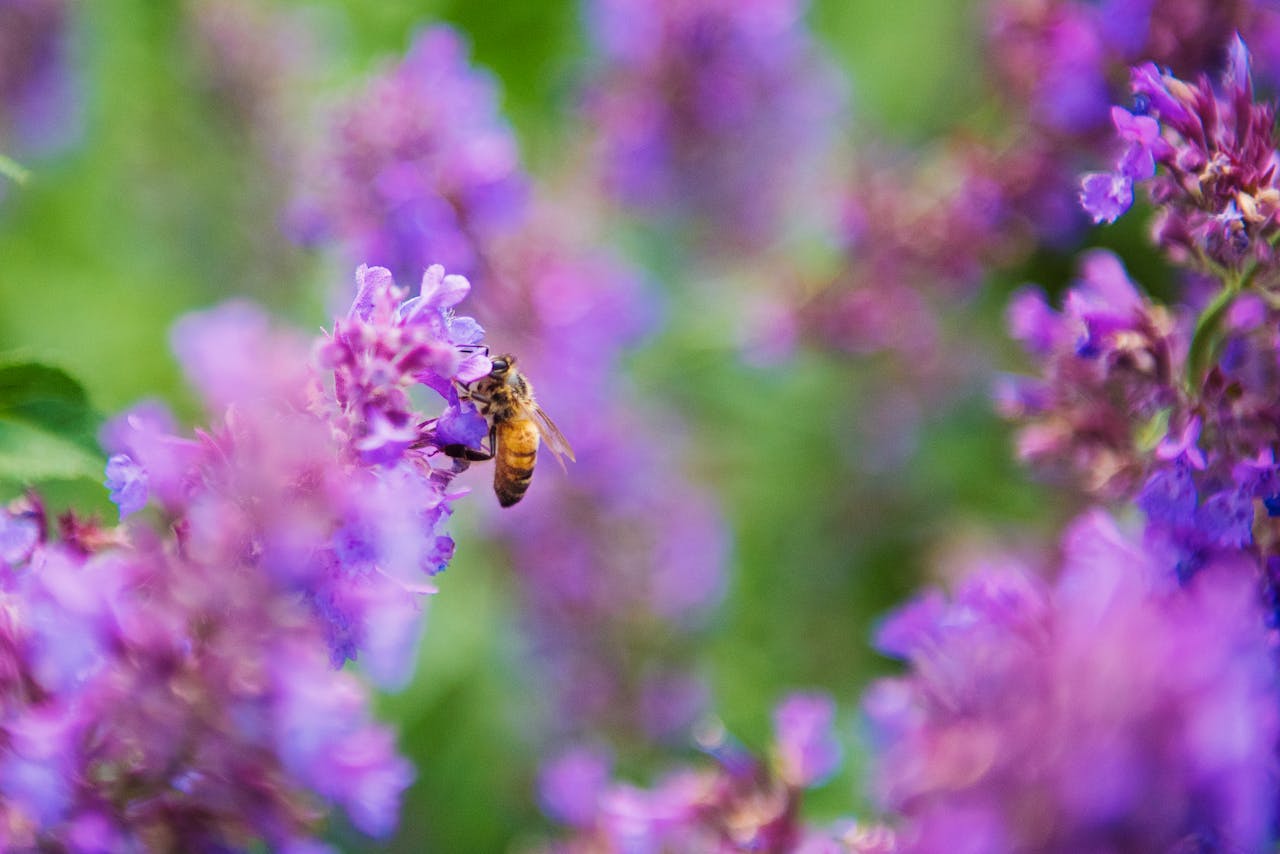
We live surrounded by invisible threads — signals that bring us closer to each other through texts, calls, and data. But while they keep us constantly connected, a quieter story may be unfolding in their shadow.
Scientists are now turning their attention to one of nature’s most crucial species: bees. Inside the hive, subtle disruptions are raising questions about how modern technology might be interfering with the rhythms of the natural world.
The deeper they look, the more urgent the story becomes, not just about pollinators, but about the unseen balance between progress and preservation.
The Other Frequency in the Field
A summer garden hums with life, bees tracing lazy arcs between blooms, their buzz as old as time. It’s a familiar sound, almost forgettable. Yet behind that gentle drone lies the heartbeat of global agriculture. From apples to almonds, one out of every three bites we eat depends on pollinators doing their unseen work.
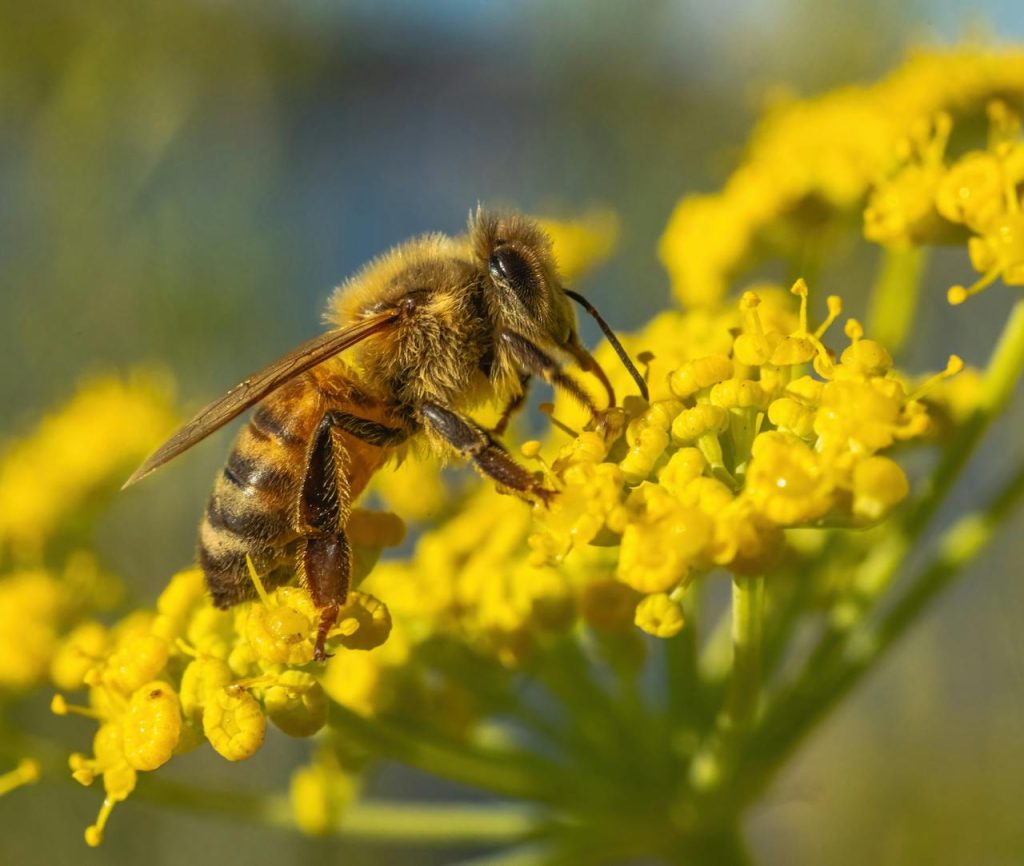
But today, that natural buzz shares the air with another kind of hum, one we don’t hear, but can’t escape. Invisible currents of wireless communication, known as radiofrequency electromagnetic fields (RF EMF), now blanket nearly every corner of our world. From cities to countryside, signals in the 900 megahertz (MHz) range carry calls, texts, and data through the ether. As our lives become more connected, researchers are starting to ask: Who else is listening?
Studies from Poland and Croatia have placed honeybees at the center of this inquiry. A Polish team found that even one hour of exposure to 900 MHz signals, the same frequency used by many cell towers, could alter key enzymes, interfere with protein metabolism, and activate stress-related genes in bees. In Croatia, colonies kept near antennas for a year showed signs of oxidative stress, particularly in young larvae, subtle but significant forms of biological strain.
These aren’t speculative risks. They are measurable effects happening below the thresholds deemed “safe” for human exposure. And that raises a deeper question: If signals we cannot feel are weighing on creatures so vital to our survival, what might be the broader cost of a world wired for constant connection?
One Hour, Three Enzymes, and a Signal Too Strong to Ignore
Inside a modest lab in Wrocław, Poland, a team of scientists ran a quiet but revealing experiment. Their goal was clear: to understand how quickly modern electromagnetic signals could alter a honeybee’s biology.
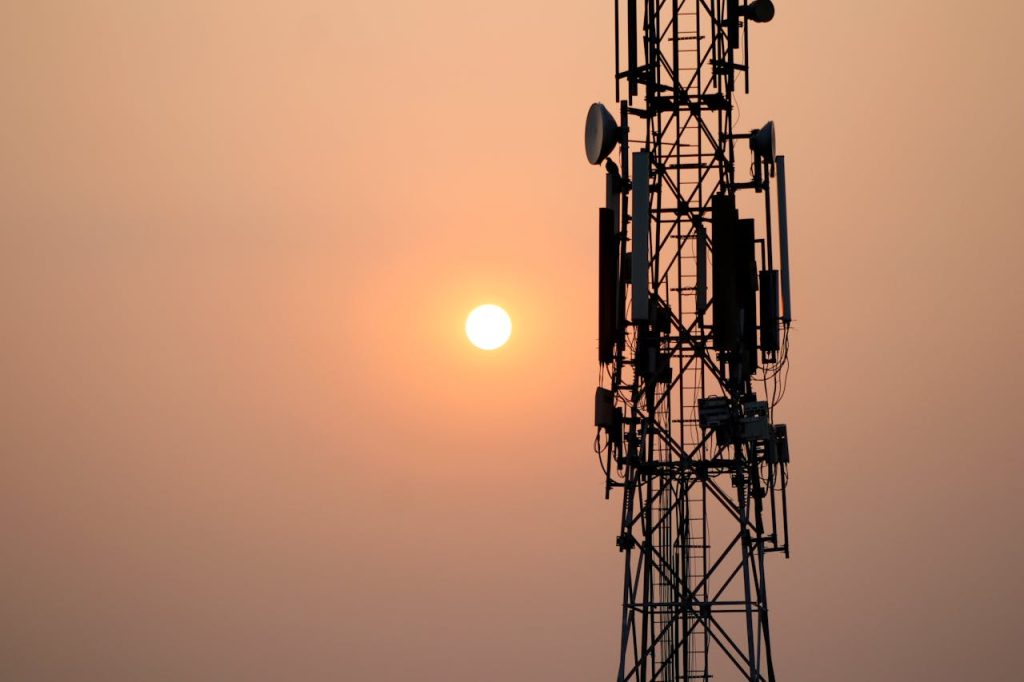
They began with newly emerged worker bees, just one day old — fragile, unexposed, and carefully housed in small wooden cages with food readily available. The bees were divided into groups and placed at various distances from a 900 megahertz (MHz) RF EMF source, mimicking the conditions near mobile phone towers. Researchers tested three field strengths — 12, 28, and 61 volts per meter — across three exposure durations: 15 minutes, 1 hour, and 3 hours.
The turning point came at just one hour. After 60 minutes of exposure, key enzymes that support protein metabolism, alanine aminotransferase (ALT) and aspartate aminotransferase (AST), dropped significantly. These enzymes help bees process nutrients, repair tissue, and maintain cellular stability. A sharp decline signals disruption. Another enzyme, gamma glutamyl transpeptidase (GGTP), also fell, but only in bees exposed to the highest field strength for the longest duration.
The deeper impact, however, surfaced in the bees’ genetic response. Their cells began producing elevated levels of heat shock proteins, specifically Hsp70 and Hsp90, natural cellular responders to stress. These proteins act like internal first responders, helping refold damaged proteins and restore order. Other common markers like Hsp10 and vitellogenin remained unchanged, ruling out general overheating and pointing instead to a specific stress signature, one resembling damage from ultraviolet B (UVB) exposure.
This kind of response is known as a proteostasis disruption — a breakdown in the cell’s ability to balance protein creation, folding, and repair. When that balance is lost, the cell must redirect energy to damage control, often at the cost of growth, immunity, and resilience. For an individual bee, that means vulnerability. For a hive, it may be the start of a slow, invisible unraveling.
A Year Under the Signal: What the Bees Whisper Back
Short-term stress can signal danger but long-term exposure reveals what truly wears a system down.
That’s what researchers in Croatia set out to uncover when they followed fifteen honeybee colonies over the course of a full year. The study, published in Insects (2024), placed the hives in three locations with varying intensities of 900 MHz electromagnetic fields emitted by nearby base station antennas simulating everyday life near mobile infrastructure.
Unlike laboratory cages, these bees lived as bees do: foraging, mating, building, and defending their colonies. But behind the natural rhythm, subtle shifts were unfolding.
Researchers focused on oxidative stress, the biological strain caused when reactive oxygen species outpace the body’s ability to detoxify them. The larvae, still developing and most vulnerable, bore the brunt. In high-exposure colonies, their bodies showed increased levels of thiobarbituric acid reactive substances (TBARS), a well-known marker of lipid peroxidation, indicating that cellular membranes were under attack.
The bees’ antioxidant defenses also reacted. Enzymes such as catalase, superoxide dismutase, and glutathione S-transferase responded differently depending on the bee’s age and the exposure level. In some colonies, these defenses kicked in early, possibly a sign that the bees were actively responding to the electromagnetic environment. But the reactions weren’t uniform, revealing that chronic stress doesn’t always follow a linear path.
Even more telling were the behavioral shifts. Colonies exposed to higher fields became restless and more aggressive. In some cases, they replaced their queens silently without the usual swarming behavior. This quiet switch, known as silent queen replacement, typically signals inner turmoil in the hive, often rooted in environmental or internal stress.
Taken together, the findings suggest something deeper than short-term disruption. It’s not a collapse; it’s erosion. A slow, season-by-season unraveling of resilience that could quietly undermine a colony’s future.
From Nectar to Nation: Why Bee Health Shapes Our Own
By pollinating crops, bees turn their work into the foundation of agriculture, not only a source of honey.
With every visit to a flower, a honeybee does more than gather nectar. It kickstarts the growth of apples, almonds, berries, and even coffee beans. In fact, over 75% of leading global food crops rely on animal pollination, and honeybees are among the most efficient workers in that system.
So when bees are stressed, we feel it not just in the fields, but at the grocery store, in the economy, and within the delicate balance of ecosystems.
RF EMF exposure is now emerging as a potential new pressure layered on top of existing threats like pesticides, habitat loss, climate change, and parasites such as the Varroa mite. Any one of these can disrupt a colony. Combined, their effects may amplify, weakening bees at the cellular level, altering behavior, and disrupting reproduction, as shown in both the Polish and Croatian studies.
Yet there’s a critical regulatory gap. Electromagnetic field safety guidelines are built around human thresholds, not the thresholds of organisms weighing mere milligrams. What’s “safe” for us may be destabilizing for insects whose biology responds to stress signals we barely detect.
To protect pollinators, we may need to rethink how we define environmental safety, not just in the soil or water, but in the airwaves buzzing silently above.
Caring for pollinators is not a fringe issue but a responsibility we all share. Bees don’t just make honey; they support the foundation of our food systems. While we can’t turn off the modern world, we can soften its impact. Here’s how to start:
- Give bees space to thrive
If you’re a beekeeper, position hives as far as possible from cell towers or antenna clusters. Even small shifts in location can help minimize exposure to electromagnetic fields. - Turn gardens into fueling stations
Plant pollinator-friendly herbs and flowers like lavender, rosemary, sunflowers, and wildflowers in your yard, balcony, or community garden. These plants provide vital nutrition and habitat. - Support farms that support nature
Choose produce from growers who reduce pesticide use and protect wild landscapes. Your purchase can help promote sustainable, bee-conscious farming. - Stay informed and share credible science
Follow and elevate research on pollinator health, especially studies exploring how electromagnetic fields may contribute to stress. Reliable information helps shape smarter policy. - Be a voice for the voiceless
Talk about bees in your school, workplace, or community. Not with fear, but with purpose — small actions, widely shared, can build momentum for larger change.
When we protect bees, we’re not just saving a species. We’re preserving the fragile web of connection that feeds us all.
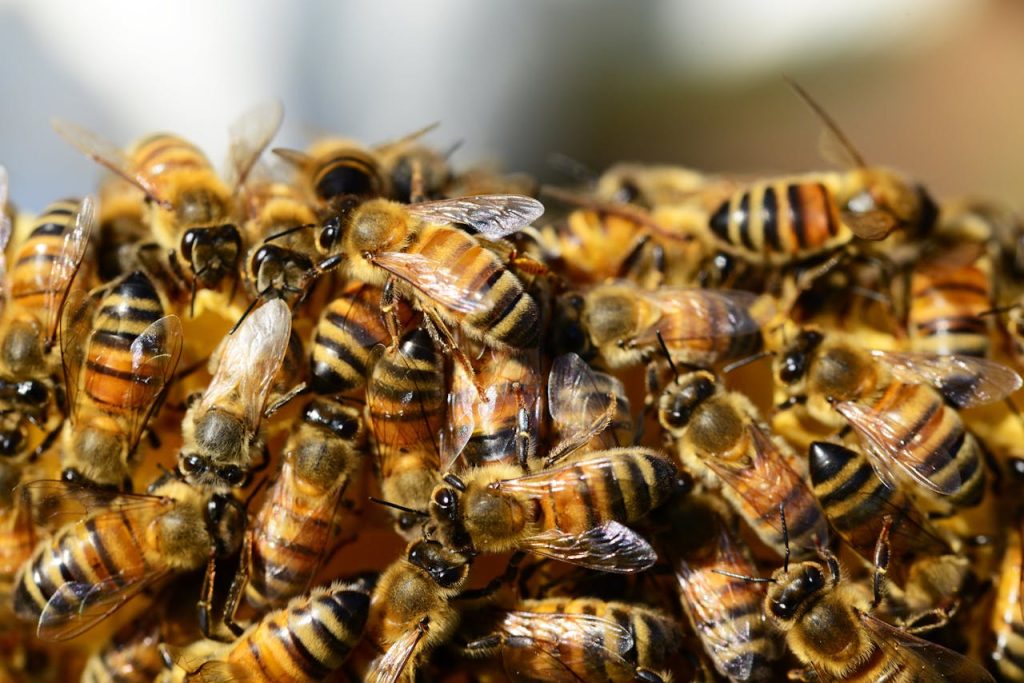
When the Quiet Becomes Consequence
A honeybee’s wings beat nearly 200 times per second. To human ears, it’s a soft hum, easily missed, often ignored. But beneath that buzz is a deeper truth: it’s the sound of orchards forming, harvests ripening, and ecosystems quietly holding together.
The findings from Poland and Croatia show that even the subtlest signals, the ones powering our digital lives, can brush against those wings. They can alter enzyme levels, trigger cellular stress, and shift hive behavior over time. These effects are not dramatic crashes. They are slow tremors, quietly shifting the balance.
In nature, even the smallest imbalance can ripple outward. What touches a bee touches the bloom, the harvest, and ultimately, our food and future.
We live in an age of connection where digital signals flow through the air and ecological threads tie species together. The question isn’t whether technology must stop. It’s whether we’re willing to guide innovation in ways that respect what sustains us.
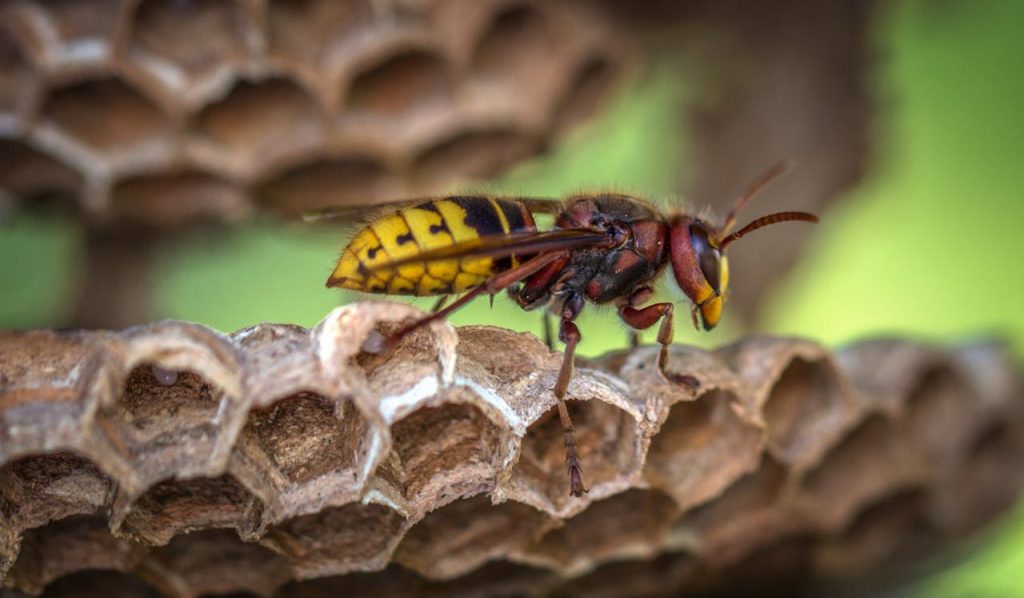
So the next time you catch the sound of bees drifting through a garden, listen a little closer. With every beat of their wings, pollinators carry both pollen and our shared future. And how we respond now will decide whether it takes flight or falters.
